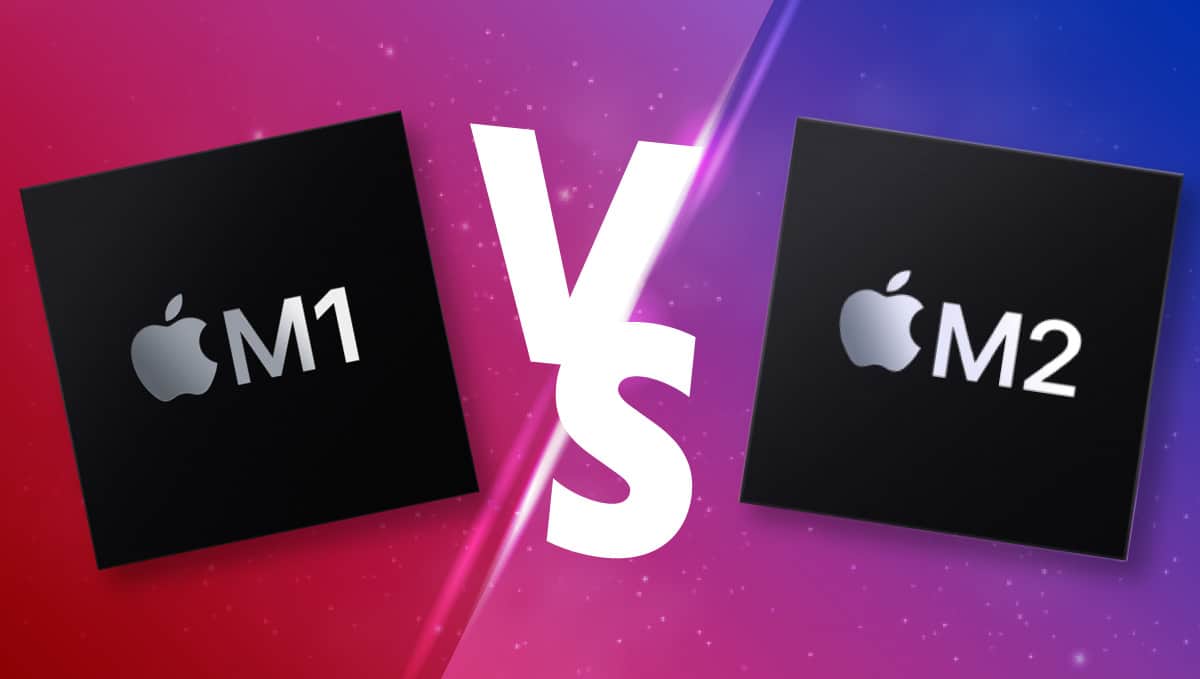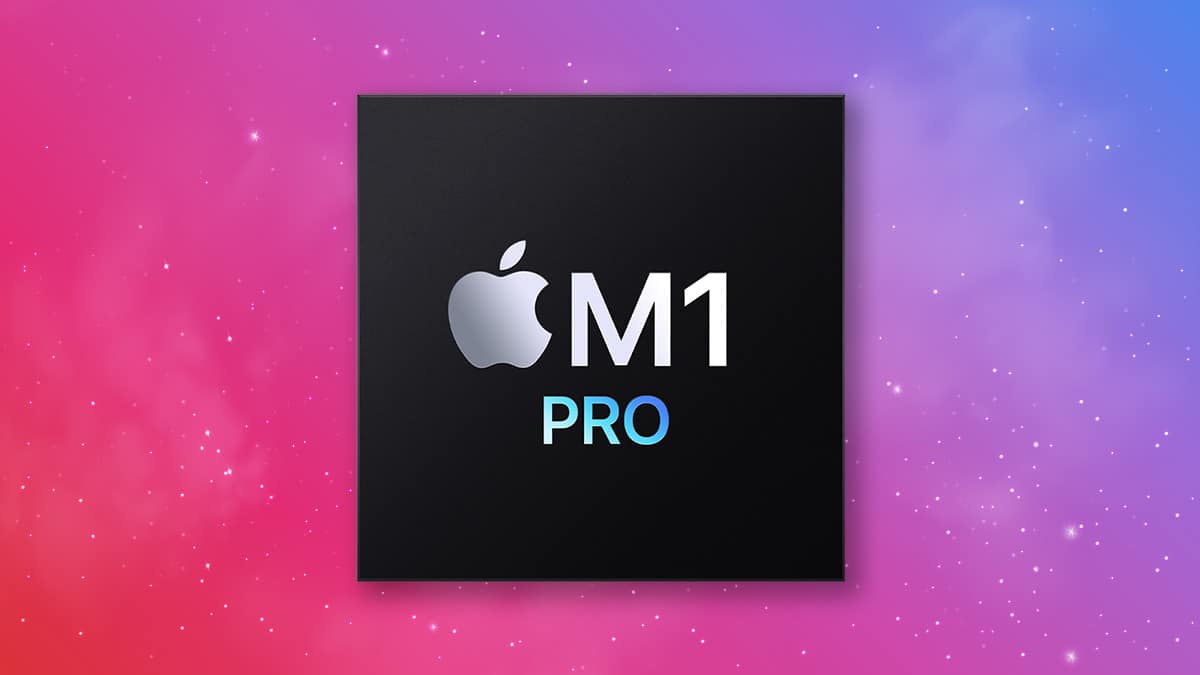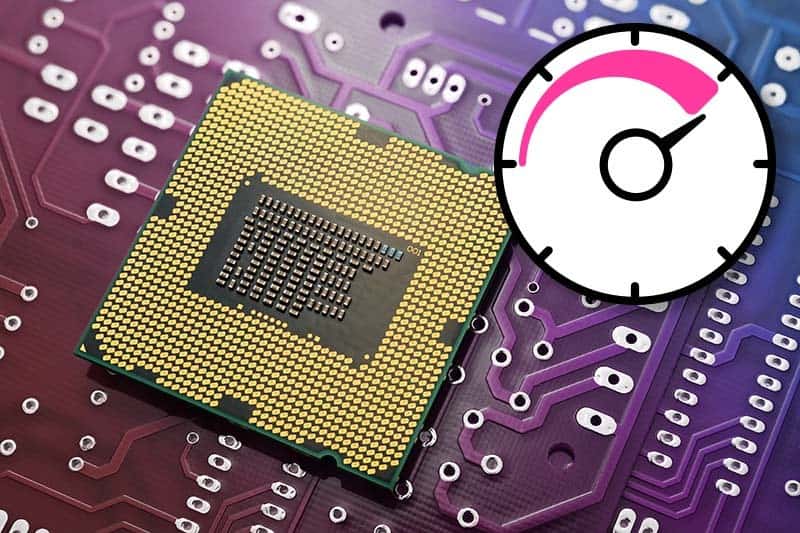
Last Updated:
Apple M1 Pro vs M2, which is better? Apple has been making CPUs for a long time, the first CPU created by Apple dates back to 2007 to be exact. Although they don’t really stack up against the desktop CPUs we’re familiar with, they still thrive in their own ecosystem where everything is steadily controlled and tailor-made for that CPU.
Today, we’re pitting two Apple chips against each other to see which comes out on top. Unfortunately, however, it’s not so clear-cut. Apple’s M2 chip is not yet released to the public, so we will be basing our information on snippets we can find online.
The Apple M1 Pro family

The Apple M1 chips have variants, much like any CPU manufacturer creating more than one variant of a CPU.
The CPUs that sit in the Apple M1 family are as follows:
- M1
- M1 Pro
- M1 Max
- M1 Ultra
There are a few main differences between the versions of the M1 chips, most notably are the changes in core count, GPU core count, architecture, and nm process.
For today’s article, we’re going to focus on the M1 Pro and the differences it has compared to Apple’s M2 CPU.
M1 Pro

The apple M1 Pro has two variants within itself but is fundamentally a single-threaded CPU built upon the 5nm manufacturing process. The M1 Pro features ARMs LITTLE.big hybrid architecture to produce variants that contain either 8 cores (6+2) or 10 cores (8+2).
The performance cores have a larger presence inside the M1 chips, always being the larger number. The lesser Efficiency cores are usually limited to two per chip. The way LITTLE.big architecture works within the M1 chip is exactly the way it functions within Intel CPUs.
The lack of hyperthreading for the M1’s performance cores would offer a single core advantage if the clock speed was high enough. This is because the physical CPU core wouldn’t have to share any resources with the supporting thread, causing both the core and thread to slow down due to inefficient resource allocations.
Most operating systems have utilization optimizations to prevent this from being an issue, but it still is in some cases.
Core speed
The Apple M1 Pro’s core speed leaves a little to be desired over some of the higher-end mainstream CPUs. The maximum performance core speed is set at 3.2GHz, and the max for efficiency cores is 2.0GHz.
You may notice that these clock speeds are significantly lower than what we’re used to seeing in this day and age and there are a few reasons for that.
Apple has complete control over its own technology, we realize that this is a redundant statement as nearly all companies do. However, Apple can tailor-make applications and operating systems specific to the limited number of hardware components apple designs.
This means that Apple can line-by-line code near-perfect interactions between operating systems, programs, and hardware. This is something not possible with other broader CPU manufacturers for example as the possible combination of operating systems, hardware, and programs run into very large numbers. Because of this, CPU manufacturers outside of apple cannot babysit each interaction to make sure it’s as efficient as possible, this is why some CPUs work better on some operating systems or with certain hardware.
Efficiency
Hard coding interactions in this manner allow the M1 Pro to perform well at lower clock speeds, because of this, the CPU can be allowed to run at lower clock speeds to increase electrical efficiency.
It’s these lower clock speeds that allow the latest portable Apple products to run for so long on single charges whilst retaining high-performance values.
Apple M2 chip
As we stated before, the M2 chip hasn’t been released to the public yet. But because it’s manufactured by Apple, we can assume the same is true for the M2 chip as the M1 Pro. What we mean is, that the M2 is also designed specifically for Apple products (obviously) and we can take any potential lower clock speeds with a pinch of salt. As we know the incredible device synergy Apple creates within its products.
The Apple M2 chip is built on second-generation silicon, with a smaller 5nm process from TSMC. This immediately states to us that the M2 chip should have a higher IPC compared to M1 chips.
It’s unknown what architecture Apple has opted for in the M2 chip, we assume it’s going to be ARM’s LITTLE.big once again and create a (6+2) configuration for the M2’s eight CPU cores.
Specs
All we know is that the Apple M2 chip will feature eight CPU cores and 10 GPU cores. The CPU is built upon TSMC’s 5nm processor architecture and contains 20 billion transistors. This M2 chip is looking incredibly promising, especially against the standard M1 chip.
Performance

Since there’s very little information on the M2 chip out there, we have to jump directly to performance as Apple has released information around this subject.
Image
Apple has released information suggesting that the M2 chip has an 18% CPU performance boost over the M1, with the GPU getting a boost of 35%.
The M1 Pro is about 1.7x faster than the original M1 chip. Containing two more CPU cores and eight more GPU cores. The M1 Pro also manages to pack an impressive 33.7 billion transistors into its design, way more than even the M2 chip has.
The M2’s GPU is 35% faster than the M1 chip, according to Apple. But the M1 Pro, with up to 16 GPU cores and way more memory bandwidth, is about twice as fast as the M1. So expect the M1 Pro to still come in around 40% faster than the M2.
Also, the new M2 chip offers more maximum memory compatibility (24GB) and memory bandwidth (100GB/sec) than the original M1 chip. But the M1 Pro allows support for up to 32GB of memory and 200GB/sec of memory bandwidth.
Apple M1 Pro vs M2: Final word
It looks like Apple’s M1 Pro is still going to be a little faster than the M2 chip (around 40%) but the M2 chip, like the M1, will come in variants. We don’t know what these variants will be called as of yet or whether they’ll follow the same naming convention.
Apple will release an “M2 Pro” version at some point in the future, and that would probably smoke the M1 Pro chip. As the baseline M2 chip manages to be just 40% slower than the M1 Pro but with MUCH less physical hardware and resources. We can’t wait to see what Apple pulls out of the bag on this one. we hope you enjoyed our Apple M1 Pro vs M2 article.






